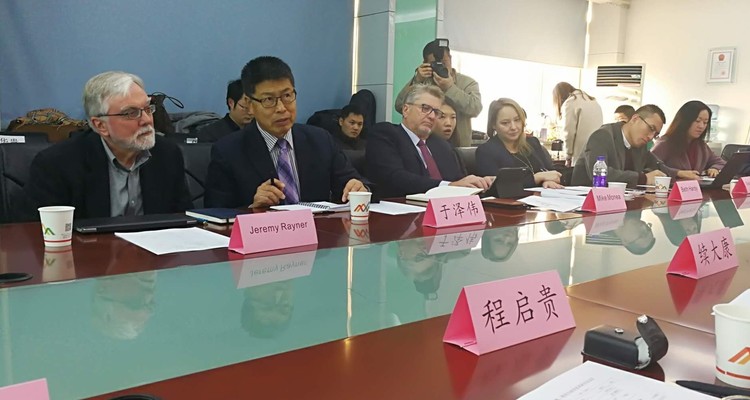Earlier this week I had the opportunity to take part in a day-long conference organized by the International CCS Knowledge Centre and their partner, the Joint Engineering Research Center of Carbon Capture and Storage Technology, in city of Xi’an, the province of Shaanxi, People’s Republic of China. I learned that CCUS in Shaanxi province is seen, not just a promising emissions reduction technology, but rather a critical piece in a regional innovation puzzle. Shaanxi’s initiative is designed to address some of the challenges of transforming an emissions-intensive manufacturing sector in a socially inclusive way, presumably without the wrenching de-industrialization that has been experienced in similar regions in Europe and North America.
Policy Challenges Strikingly Similar in Canada & China
The policy challenges for CCUS deployment are strikingly similar, though. The Chinese partners talked about the issues of coordination created by the need to have government, industry and research centers working together – the problem of governance. They talked about policy design, specifically the mix of instruments that will provide appropriate incentives for moving beyond demonstration projects to large-scale deployment. And they were also very interested in a problem that is only just beginning to receive attention in Canada, namely the proliferation of “methodologies” for calculating avoided emissions and the need for some kind of convergence on standards if avoided emissions are going to acquire a value in the form of tradable permits.
Answering these questions for CCUS deployment presents a formidable challenge. As in the case of many other technologies, there are clear targets laid out by the IPCC, the IEA and other international organizations quantifying the contribution that CCUS will have to make to achieve global emissions-reduction commitments. In such cases, the usual policy-oriented research program would seek out the leaders, the countries that are making good progress towards these goals, then translate their solutions to the governance and policy design problems into good practices that can help the laggards catch up.
CCUS is Young in the Policy Area
Unlike other technologies, however, there has been virtually no progress in the deployment of CCUS that could provide a basis for good practice. Policy research and knowledge translation will have to be based on lessons from other policy areas that have overcome similar problems of governance and policy design. This is where the focus on regional innovation is so helpful. There is a large literature and a body of practice on innovation systems that could serve as a starting point. The question of how to innovate in a socially inclusive way is well-recognized there, even if answers are thin on the ground. A collaborative research program aimed at solving the governance and policy challenges of socially-inclusive innovation driven in part by CCUS would be a fascinating and timely project.
